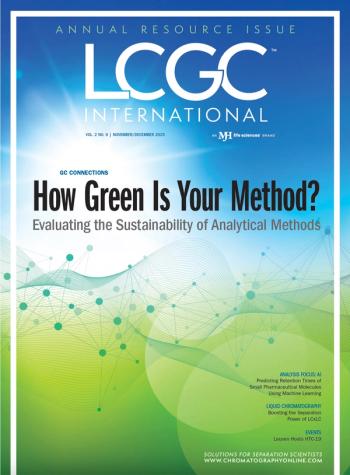
- The Column-11-06-2019
- Volume 15
- Issue 11
Agilent Opens New UK Spec Facility
Agilent Technologies has announced the opening of a new state-of-the-art facility for spectroscopy research and development at the Harwell Science and Innovation Campus in Oxfordshire, UK.
Agilent Technologies (Santa Clara, California, USA) has announced the opening of a new state-of-the-art facility for spectroscopy research and development at the Harwell Science and Innovation Campus in Oxfordshire, UK.
The new site will incorporate Agilent’s Raman Spectroscopy business, formerly known as Cobalt Light Systems, which they acquired in 2017, and Agilent’s Laser Spectroscopy Center of Excellence (LSCE), which focuses on research and development in the field of vibrational spectroscopy.
The Harwell Campus spans 710 acres south of Oxford and is well-known as a hub for science and innovation.
“I’m proud to see Agilent, and the Raman business we helped to establish, growing strongly and returning to Harwell,” said Pavel Matousek, a senior fellow at the Science and Technology Facilities Council (STFC) Central Laser Facility. “The new Agilent facility is perfectly located for collaboration between Agilent’s spectroscopy businesses and the large number of scientists and engineers we have at Harwell. I very much look forward to our future joint endeavours.”
For more information, please visit:
Articles in this issue
about 6 years ago
Diagnosing Cancer Using Cerumen and HSGC–MSabout 6 years ago
SepSolve Analytical Unveils New Canadian Facilityabout 6 years ago
Challenging Allergen Uncertainty Using LC–MS/MSabout 6 years ago
Sartorius Announces Acquisition of Danaher Life Science Portfolioabout 6 years ago
Analysis of White Oils Using AgLC×GCabout 6 years ago
Introduction to Glycan Analysisabout 6 years ago
Vol 15 No 11 The Column November 2019 North American PDFNewsletter
Join the global community of analytical scientists who trust LCGC for insights on the latest techniques, trends, and expert solutions in chromatography.



